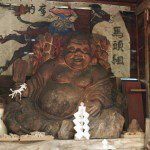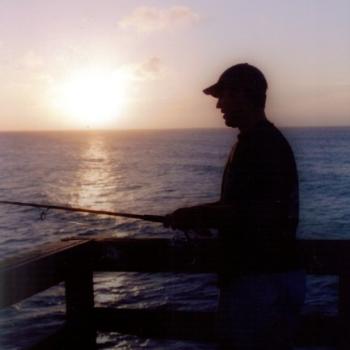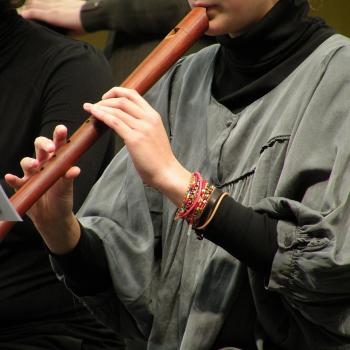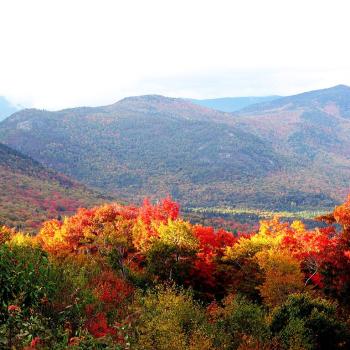Please see my previous post and my piece on martial arts as magickal practice for background.
This morning we’re off to our demonstration at the Hida Ichinomiya Shrine. From what I’ve been able to pick up, this grand festival originated in the wake of a peasant revolt and is a ritual to bring about peace – to “change bad to good”, someone said at the welcome party last night. I haven’t been able to figure out why it’s on a 57 year cycle.
It’s a packed bus from Takayama station. Some old friends, some new ones.
I’m a little nervous about the demo, there has apparently been a last-minute change in the staging. (Just ten of us are doing a sai kata together, some on a small stage, some in front.) But I was reminded at the tournament that the trick is once you get there, you just do the kata, there is nothing else for that minute or two. The fellow who won the sandan division I was judging showed that very well.
Like a lot of things, the hard part is just getting there. Once you arrive, you just need to do your best. That’s the meaning of the Japanese idiom that get used where we would say “good luck”: “ganbatte kudasai”, “do your best, please.”
Success! The demo went off with no major hitches.
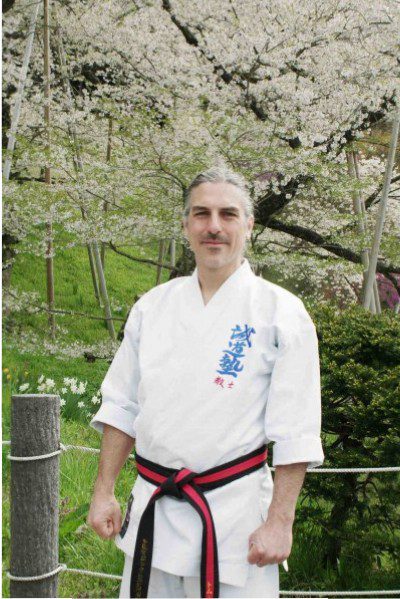
The bus dropped us off by the locally famous Garyu Sakura, the Dragon Cherry Tree, over 1100 years old. As we warmed up and had a little rehearsal on the lawn, we could hear what I guess was traditional temple music coming from the other side of the tracks and echoing through the valley.
We walked a few minutes to the shrine. Usually I’d feel odd wearing my karategi on the street, but with many people in festival regalia it fit.
I thought about my first trip here over the New Year holiday in 2003, how at midnight on the change of the year we found a street festival in Kobe. (I remember a Shinto priest surreptitiously snapping a photo of us…) The New Year had been my introduction to Japan. Now (and thanks to my blog neighbor Megan Manson at Pagan Tama for informing me) I was visiting a shrine dedicated to the kami of the new year, dedicating some of my art to it.
There were on the order of a thousand people there, depending on where you draw the boundary of “there”, and probably close to a hundred of us for the demonstration/dedication, both Japanese and overseas students from the US, Australia, New Zealand, South Africa, Brazil, and a few other countries.
We started off all together with a series of basics – higher ranking black belts ended up on a steeply sloping ramp, which made for a bit of a challenge. Then part of the group, including my nine fellow sai wielders, headed for the stage while the rest continued with kata and drills in the main courtyard.
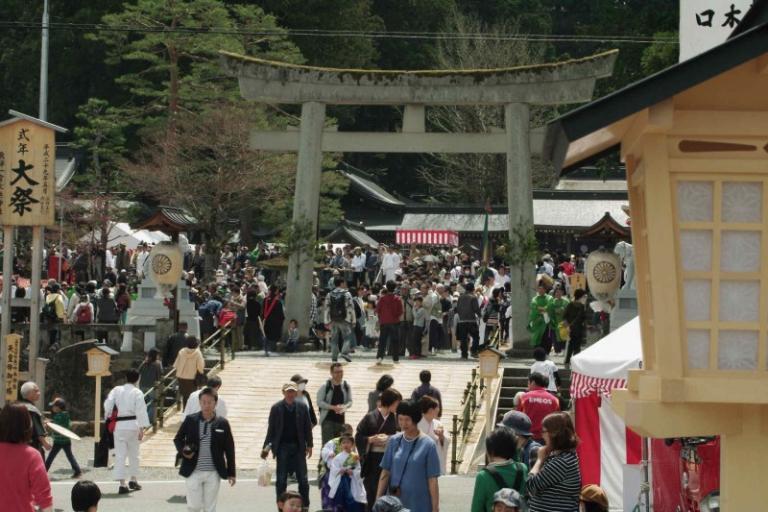 Most of us had not brought sai – they are heavy chunks of metal to pack! (I did so five years ago for a demonstration at the Atsuta Jingu shrine in Nagoya and had to haul them around the rest of my trip.) So I was working with a borrowed tool. I moved to the rear of the backstage area to get some space and the feel of it
Most of us had not brought sai – they are heavy chunks of metal to pack! (I did so five years ago for a demonstration at the Atsuta Jingu shrine in Nagoya and had to haul them around the rest of my trip.) So I was working with a borrowed tool. I moved to the rear of the backstage area to get some space and the feel of it
A basic maneuver with the sai is to flip it from lying along the forearm (used for blocking, or striking with the butt of the handle) to the having the prongs point out, and back again. Done wrong, you will drop the sai. Which, of course, I did. But tha was ok, that’s why I was taking a minute before the performance to get dialed in on it. Bad rehearsal, good performance.
I managed to not drop one during the performance, and there were no major screwups by anyone, so, success!
And more: there was an afterparty and a local banquet hall, which was nice. But for those of us staying in Takayama, the local dojo had arranged an after-afterparty. This was held, of all places, at a Buddhist temple. One of the local students is the master of a local Jodo Shinshu temple — it’s sort of the family business. (The business side of institutional Japanese Buddhism is an interesting situation, and is connected with how monks in most schools can marry.) Of course we weren’t drinking and partying in the main ritual space, this was more like the parish hall, the community space.
(At that after-afterparty, I learned that the Grand Festival isn’t held on a regular 57 year cycle, but just when the priests declare it necessary to work up some good energy for the world. This one was declared two years ago; their decision seems to have been prescient.)
I did not think “party with a Buddhist monk at his temple after doing a ritualized karate demonstration at a Shinto shrine”” was going to be something I got to put on my list of accomplishments. That’s pretty nifty.
But it also demonstrates the way these two different paths fit together here. Religion is not seen as an either-or choice.



